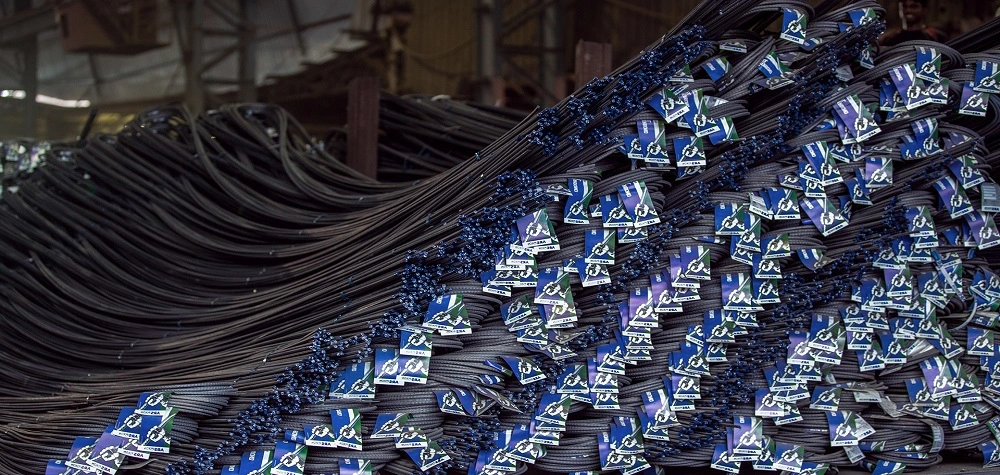Reinforced Cement Concrete
Reinforced Cement Concrete (RCC) is a widely used construction material, offering a blend of durability, strength, and flexibility. It is essential in various civil engineering projects, from buildings and bridges to dams and roads.
What is Reinforced Cement Concrete (RCC)?
Reinforced Cement Concrete (RCC) is a combination of concrete and steel bars (reinforcement bars.) This combination enhances the material’s strength and durability, making it suitable for bearing tensile stresses that plain concrete alone cannot withstand. Concrete is naturally strong in compression but weak in tension, and steel, on the other hand, is strong in tension but weak in compression. By combining these two materials, RCC can offer both high compressive and tensile strength.
Definition of Reinforced Cement Concrete
Reinforced Cement Concrete (RCC) is defined as as concrete that is integrated with reinforcement (usually steel bars or mesh) to improve its tensile strength and resistance to cracking. The reinforcement and concrete work together, with the steel bars taking on the tensile forces and the concrete handling the compressive forces.
Concrete, when hardened, is naturally strong in compression, but weak in tension. This makes it prone to cracking under tensile forces. Steel, with its high tensile strength, compensates for the weakness of concrete in tension, making the overall material much more versatile and reliable for construction.
In simpler terms, RCC is a mixture of concrete and steel bars or mesh that makes it strong enough to be used for buildings, bridges, highways, and other infrastructure projects.
Components of Reinforced Cement Concrete (RCC)
The key components of RCC are:
- Cement: This is the binding agent that holds the concrete together. Ordinary Portland cement (OPC) is most used, though other types of cement may also be utilized depending on the application.
- Aggregates: Aggregates consist of sand, gravel, or crushed stone, and they make up the bulk of the concrete. The aggregates provide the volume, and the binder (cement) binds them together to form a solid mass.
- Water: Water is added to the cement and aggregates to form a paste, which hardens over time. The quality of the water used is essential for the strength of the concrete.
- Reinforcement (Steel Bars): Steel bars (rebar) or mesh are embedded into the concrete to increase its tensile strength. The steel works in harmony with the concrete, compensating for its weak tensile strength while allowing the overall structure to endure higher stress loads.
Types of Reinforced Cement Concrete
Reinforced Cement Concrete can be categorized based on its design, usage, and the type of reinforcement used:
- Nominal Mix Concrete: A standard mixture of cement, sand, and aggregates. The ratio is fixed, and it is generally used for smaller, non-critical structures.
- Design Mix Concrete: The proportions of cement, sand, and aggregates are designed based on the strength requirements and other conditions of the project. This type of mix is more reliable for large-scale projects.
- High-Strength Concrete: Concrete that is designed to withstand higher stress and pressure. It is made with specific proportions of ingredients to increase its compressive strength.
- Prestressed Concrete: Steel tendons or wires are placed under tension before the concrete is poured. This preloading process allows the concrete to bear more load without cracking.
Benefits of Reinforced Cement Concrete
Reinforced Cement Concrete offers several advantages, which is why it is the go-to material for many construction projects:
- Strength: The combination of concrete and steel reinforcement gives RCC excellent compressive and tensile strength.
- Durability: RCC is highly resistant to weather conditions, corrosion, and wear and tear, making it long-lasting.
- Fire Resistance: Concrete is non-combustible, and the steel reinforcement is covered in a layer of concrete, which provides fire resistance to the structure.
- Flexibility in Design: RCC can be molded into virtually any shape, allowing for greater creativity and innovation in architectural design.
- Economical: Despite its strength and durability, RCC is cost-effective due to the availability of materials and its long lifespan.
Applications of Reinforced Cement Concrete
Reinforced Cement Concrete is used in a wide range of construction applications, including:
- Buildings: RCC is the primary material used in the construction of residential, commercial, and industrial buildings.
- Bridges: RCC is used to construct bridge decks, piers, and other structural components that bear heavy loads.
- Roads and Highways: RCC is used for constructing roadways and pavements that need to endure heavy traffic loads and environmental conditions.
- Dams and Reservoirs: RCC is often used for the construction of dams, as it is resistant to water damage and can withstand the enormous pressure exerted by water bodies.
- Foundations: RCC is commonly used to create strong, durable foundations for buildings and other infrastructure.
- Tunnels: RCC is used to construct tunnel linings that can resist high pressures and moisture.
Conclusion
Reinforced Cement Concrete (RCC) is a strong, durable construction material made by combining concrete with steel reinforcement. This mix allows it to handle both compressive and tensile forces, making it ideal for everything from homes to bridges and dams. RCC ensures long-lasting, reliable structures that can withstand tough conditions. Its versatility and strength make it the go-to choice for modern construction.



